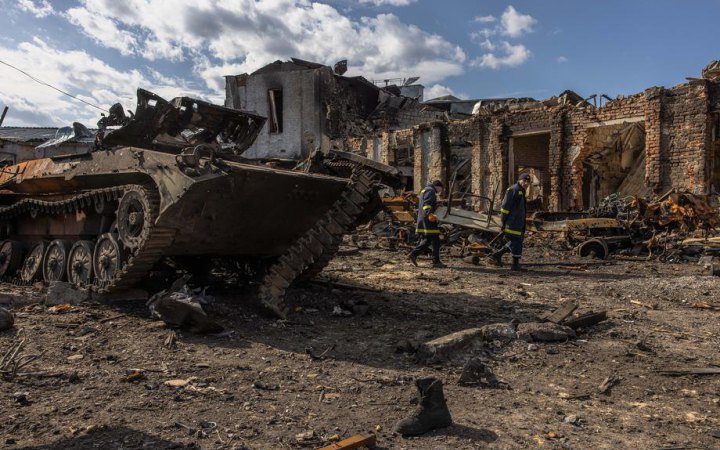Photo: EPA/UPG
The bodies of the killed or tortured to death are found in the city every day. The exact number of citizens abducted or forcibly deported to russia is still unknown.
About 10,000 citizens have already left through the green corridors or on their own. The same number of people remains in Trostyanets. And they need food and medicines. Because they ate all they had during the last 30 days, some families went hungry.
"Next, we need films, glass, building materials to rebuild infrastructure, schools. We don't have computer equipment left at all... People come to us from Okhtyrka, Sumy, which was also destroyed. But when they see Trostyanets, they say that it is ten times more tragic," says the Mayor of Trostyanets, Yuri Bova. "Our city was beautiful and tidy, with lanterns and flowers, sidewalks and paths. And now it resembles scorched earth in some places."
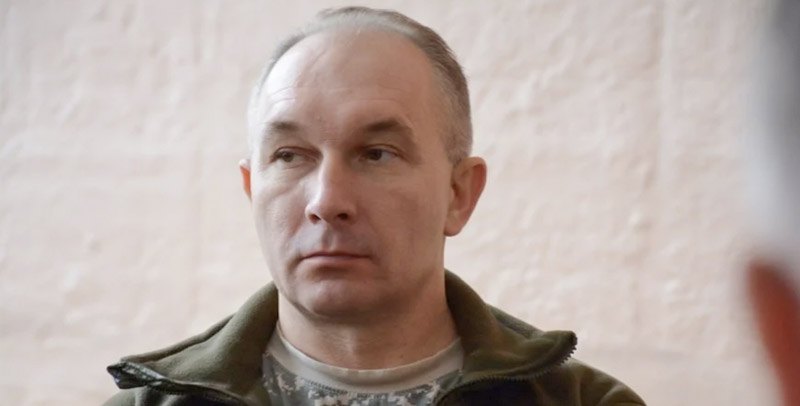
Mayor of Trostyanets Yuriy Bova
"The occupiers fled and left behind a lot of equipment, which is now used to hit the enemy"
On March 24, Trostyanets was liberated from the russian occupiers. Have you been in the occupation since the first day of the war?
Yes, the occupation of our city lasted exactly 30 days. On February 24, the russians came to us. At about 8:00 in the morning, they were already at our place. Columns of russian equipment stood right here. And on March 24, they were kicked out of the city.

Photo: EPA/UPG
The Armed Forces reported that the occupiers fled, leaving their equipment behind.
I can confirm that. Our Armed Forces are currently inspecting each unit of such equipment. Because the equipment has certain malfunctions or is broken. But it can be repaired very quickly and then used for our military purposes.

Photo: Denys Karaban
One example. It had happened even before the occupiers were already fleeing the city. In the first days of the war, columns of enemy vehicles moved through our difficult terrain. In one of the villages – I will not say its name – the occupiers left a broken but powerful artillery system. With the help of our local partisans – let me call them this way – when the russian military left it [the system] without observation for 5 minutes to later return and pick it up, they [partisans] had carefully 'neutralized' it. Certain elements were removed from the system so that it could not move further in the column. The russians abandoned it. We restored it. Our 93rd brigade brought the necessary spare parts. And now it is successfully used against our enemy.
I can say that there are actually many such examples. But of course, I will not tell you about the amount of equipment we have acquired in this way. We continue finding it. There are also many pieces of ammunition, 'grads,' and tanks. All of them are handed over to our Armed Forces and will be used to repel the aggressor.

Photo: Denys Karaban
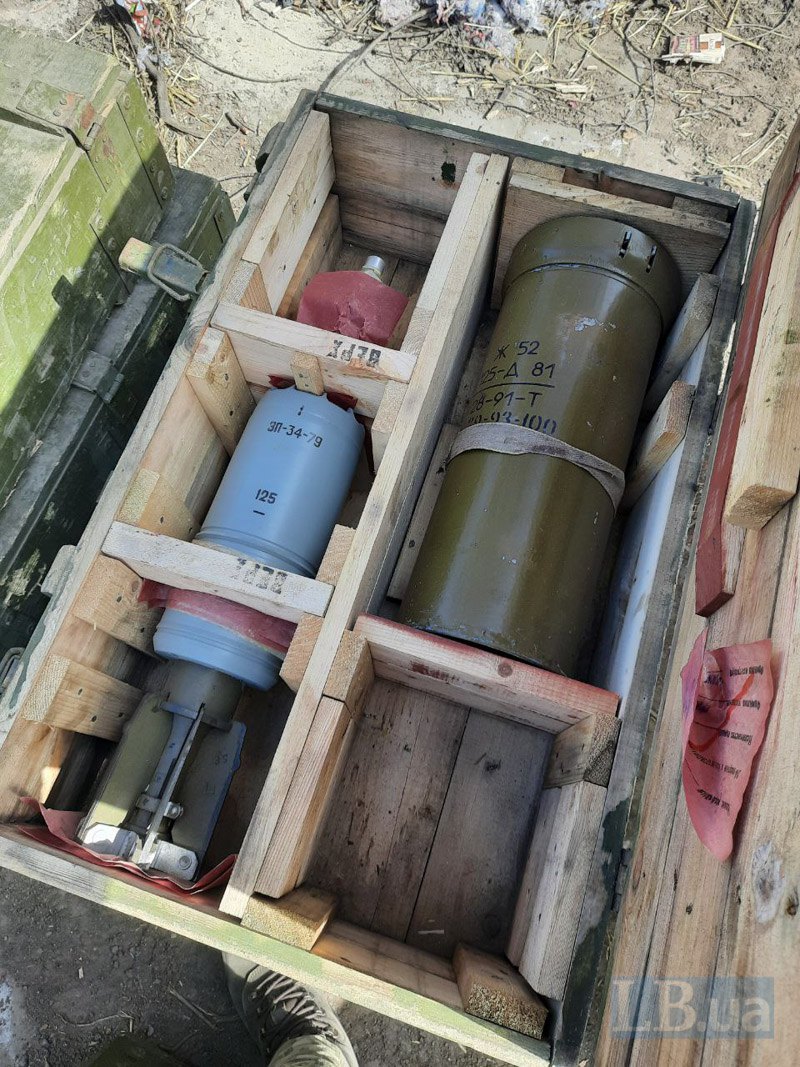
Photo: Denys Karaban
On March 22, Trostyanets was still the hottest spot in the Sumy region due to a large fire after fighting. Did you manage to extinguish it?
It was impossible to extinguish anything at that moment. There was constant shelling. The fights did not stop until late at night. The shelling caused destruction and fires. That has caused a lot of additional fires in the buildings. One part of the chocolate factory and biscuit shop burned down.
The hit on the ammunition storage caused a very large explosion. The russian shelling burned hospitals and completely burned down the forestry station. And many other objects. Of course, residential buildings were also on fire.
We understand that the rescuers of the State Emergency Service wanted to go there to fight the fires. Still, physically, with the amount of equipment available in Trostyanets, it was impossible to fully localize such a large-scale fire. They simply would not be able to do it even if they wanted to. Fortunately, we managed to save part of our hospital.
Employees of our city hospital were at work. Technical staff, too, albeit in small numbers. But they were there. And they managed to put out the fires that broke out in the offices due to shots from tanks. They contained the fire and did not let our hospital burn down. It was the only place I can name as saved, with the help of the staff of the hospital.

Photo: hromadske
Military equipment of the russian occupiers on the territory of Trostyanets
"Everything was torn to shreds; the hospital was shelled together with people inside"
Are most of the infrastructure, houses, and schools destroyed? Because in his Telegram channel, the head of Sumy Regional Military Administration, Dmytro Zhyvytskyi, published horrible photos. According to your estimates, what is the share of buildings that the enemy destroyed?
It is still difficult to calculate all the damage. Many objects are mined. We continue to demine them. That's the reason why we are not letting our inspection, journalists, or anyone else there yet – because there are booby traps and mines everywhere.
First, every building needs to be inspected by our military forces together with the State Emergency Service. But it is already clear that very, very many buildings burned down. Only walls left. The same is with shops and areas near the train station, where many businesses were located. Two five-story buildings burned to the ground. I don't even know how to restore them.
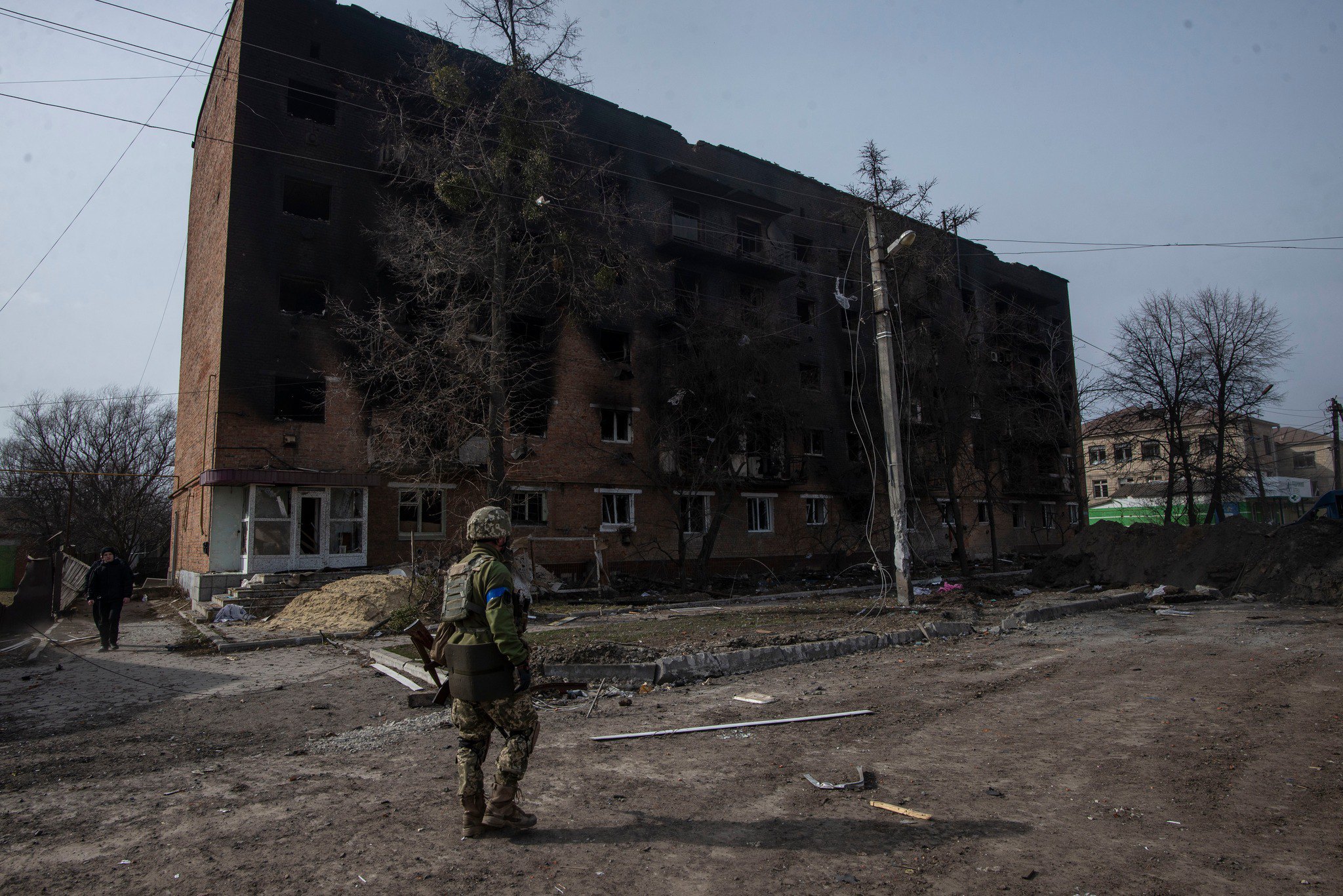
Photo: 93rd Mechanized Brigade' Kholodnyy Yar'
In almost all our administrative buildings, windows were broken, doors were missing, and all office equipment was smashed. According to our information, they [russians] stole some of the equipment. I'll call it that way: everything is torn to shreds. If we talk about our city council, centers of administrative services, police, prosecutor's offices, and other institutions, they are simply razed to the ground. There is nothing there. Even if parts of some walls remain, they are cut down by wreckage. All of these we will have to put in order.
But was the hospital saved? Does it work somehow at the moment? Was the enemy aiming to shoot people who stayed inside from tanks?
Yesterday we managed to inspect the hospital thoroughly after our pyrotechnicians fulfilled their inspection. We filmed everything on camera. We will find an opportunity to connect to the Internet and show everyone what our hospital looks like today. Yes, two russian tanks fired on the hospital with people inside. By the way, these two tanks were later wrecked by our 93rd brigade.
And the consequences are as follows: about 30% of the hospital is destroyed. There is no undamaged department where people can be safely admitted. All the windows – and there are about 300 of them – are broken. The roof is damaged, there are destructions inside the building. Some walls are badly damaged. The shelling hit the oxygen station. It was also destroyed. We now have no oxygen supply to the infections disease department. And half of the roof in the infections department was demolished. Therefore, at least 30% of the hospital needs significant renovation. In the future, all of it will need to be renovated because it is entirely cut by wreckage and bullets.
Eyewitnesses told us how it was. Two tanks had approached the hospital, stopped, and started shooting at the hospital, where no soldiers were located. Then after the tanks, russian soldiers came and continued to fire from rifles and machine guns at the walls. They fired at the people who were in the hospital at the time! People miraculously avoided causalities because they were hiding in the basement. But we learned what happened from witnesses telling us about all of it.
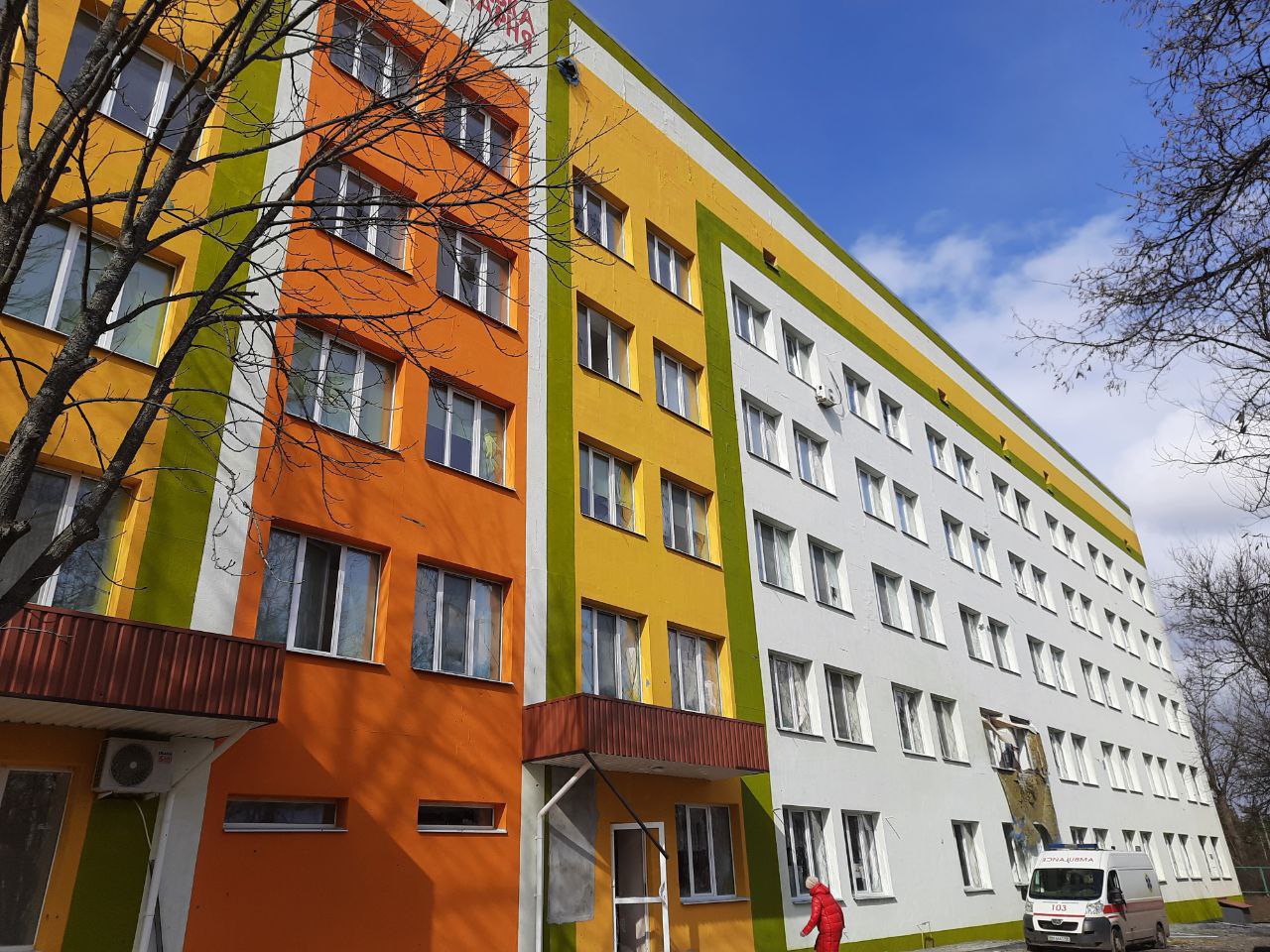
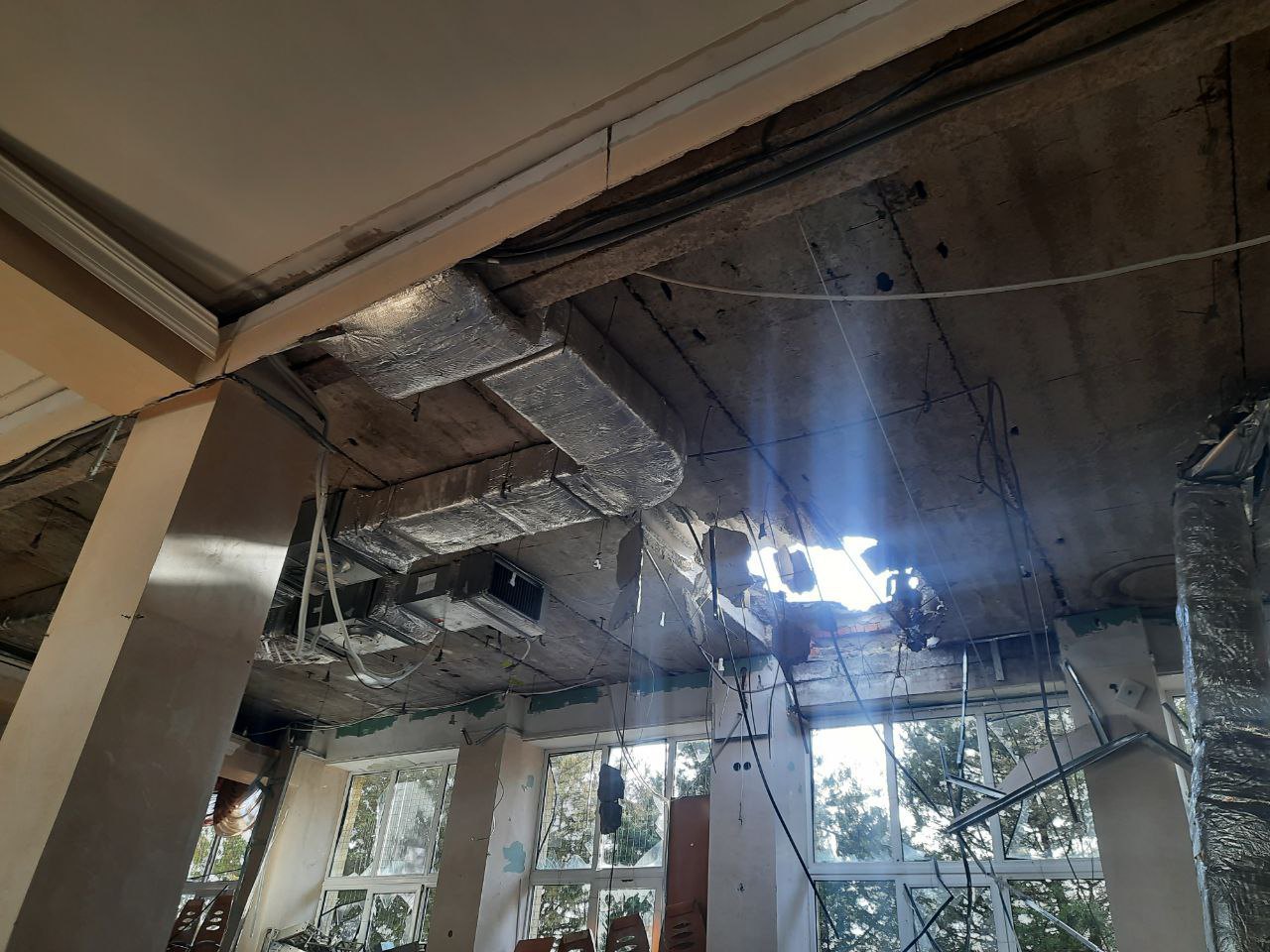
"In the villages where russian equipment passed, the field of tank caterpillars remained instead of the asphalt"
We also heard about the destruction of architectural monuments.
Yes. The Krasno-Trostyanets forestry research station was completely destroyed.
It was our 19th-century architectural monument. The historic building burned down. There were unique fireplaces, oak steps, unique literature - all of this has been preserved for centuries. It was the first forestry station in Ukraine during tsarist russia, where knowledge about forest crops, afforestation, and similar things was accumulated. Everything was destroyed. In the city, we see not just material destruction but also the destruction of historical monuments.
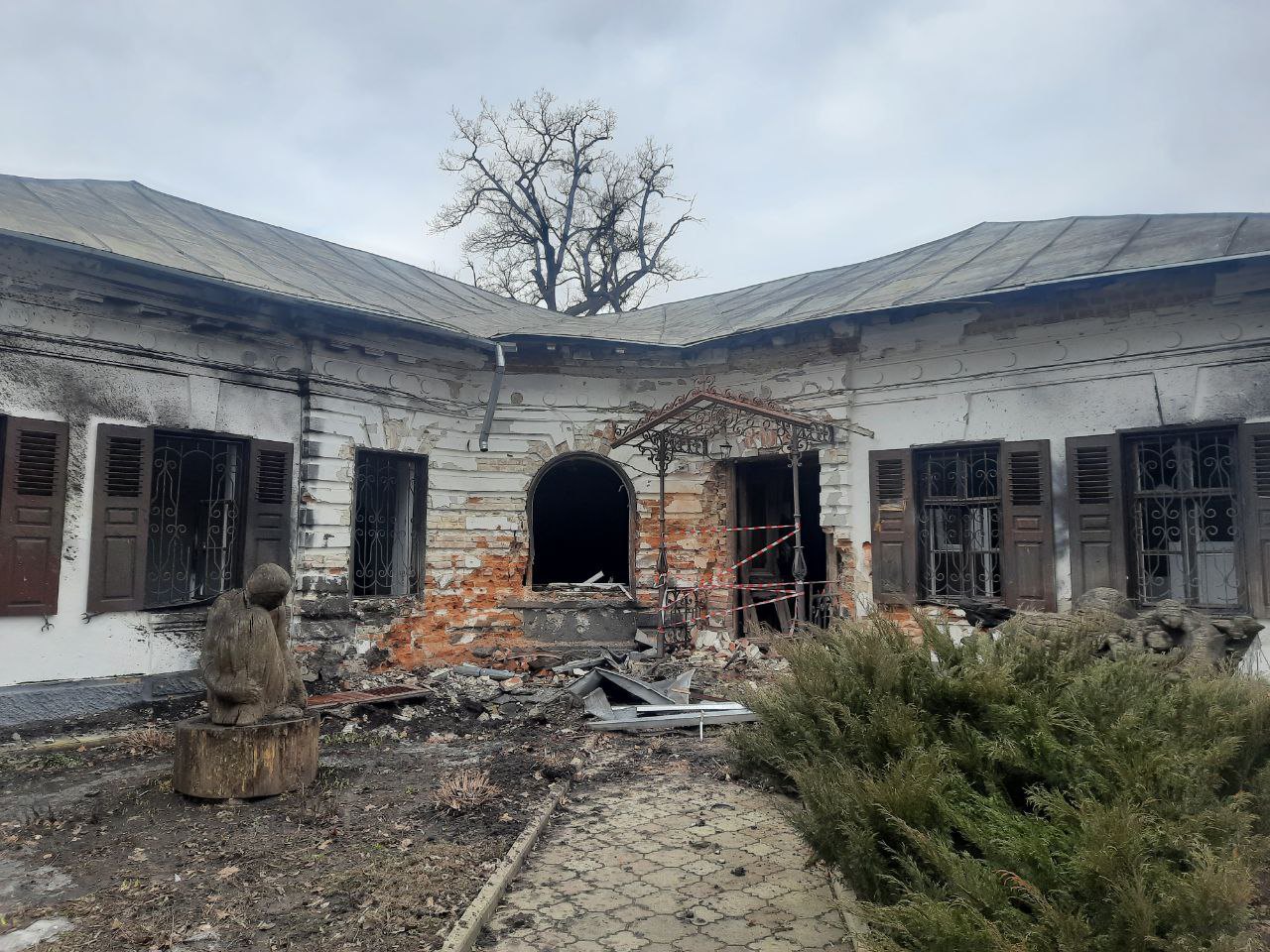
In the same way, our local lore museum, also an architectural monument of the 18th century, was partially destroyed. A shell hit there: the gate was broken, and the building was damaged inside. Many buildings were damaged by at least 15-20%, if not completely destroyed. They all will need to be restored.
I'm not even talking about roads and blown bridges. In the villages where russian equipment passed, the field of tank caterpillars remained instead of the asphalt. Now it is difficult to drive there because hundreds of units of russian equipment have passed through the territory [of the town] every day.

As a result, many energy supply systems, gas pipelines, and water networks were destroyed. A special commission must describe all of this. We will start doing it after the end of the war. Because we now understand that this may be Sisyphean labor. God forbid that we are hit again. Then we will have to do it again.
Therefore, our first task now is to relocate people from buildings where it is no longer possible to live. [We need to] evacuate them or settle them where possible. The second task is to feed a maximum number of those who need food. And give them the necessary medication. Or [we need to decide] whether to evacuate people for further treatment according to their medical condition. We will start renovating the buildings. I have already talked to entrepreneurs who are ready to provide double-glazed windows so that we can install them instead of broken windows. We want to do it as soon as possible in the hospital. To have at least two of its departments working and providing on-site medical care because we understand very well that we cannot take every patient out of the city. We need to restore the work of our hospital to the extent possible. I promise we will.
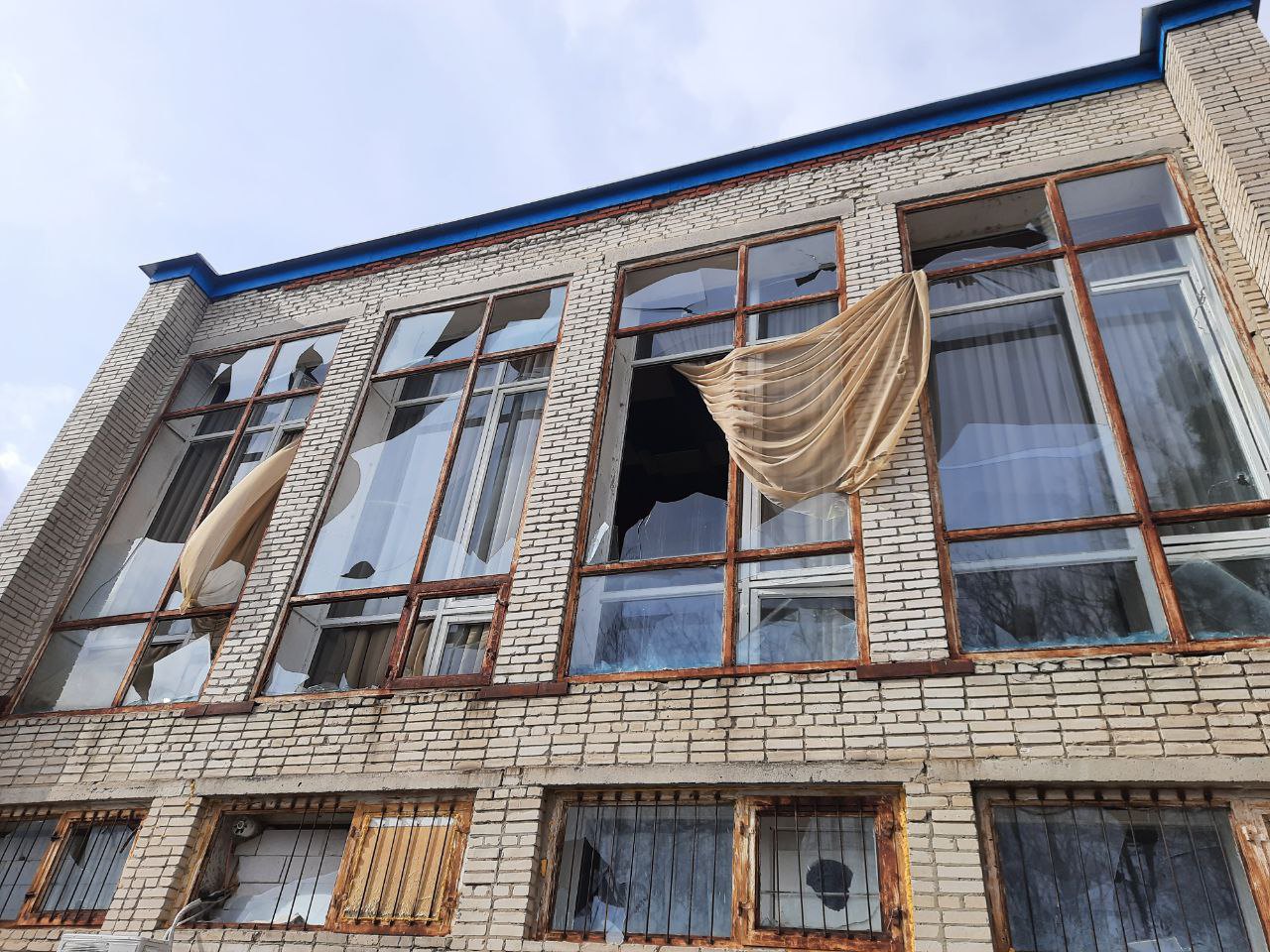
"Today, it is very difficult to say exactly how many people died"
Are there any estimates of the number of victims among the local population? How many were injured? How and where the medical care is provided?
No. It's hard to make estimates at the moment. I will frankly say that we find bodies every day. These are new and new bodies. Tortured. Killed people are lying in the forest, ravines, or other places. And this will continue. Today, it is very difficult to say exactly how many people died.
Similarly, we do not know the exact number of those held in captivity. In fact, many citizens have been abducted. We now receive this information from their relatives and friends. We are starting to search for them with the State Security Service and other services. It is important to establish whether they were killed, find their bodies, whether they were abducted or deported as prisoners to russia. Such work is also underway. Therefore, we cannot announce the exact figures.
How many people are left in the city? How many were evacuated? Are the additional corridors planned?
Yes, there were corridors along which 2,500 people were evacuated. Citizens also left the town on their own. According to my rough estimates, about 9,000-10,000 left. But another half of the population, or 10,000, remains in Trostyanets. Every day we see how many people come to receive humanitarian aid. Or relatives write to us that there is a grandmother somewhere who could not be taken out [from the town] for some reason. They are asking us to please help her.
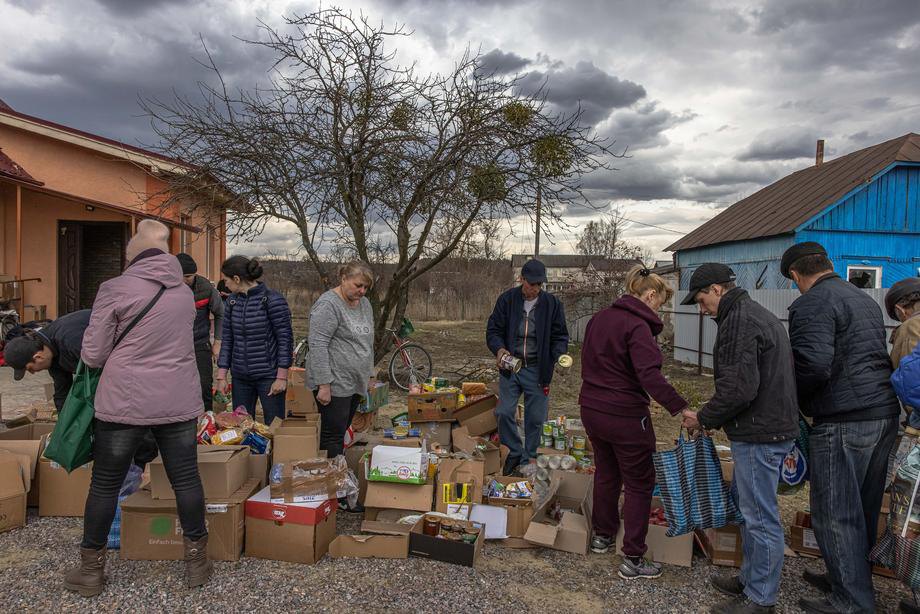
Photo: EPA/UPG
"People ate all they had during the last 30 days. Some families had only water"
Has the promised humanitarian aid already been delivered? And when do you expect new deliveries?
Every day, we receive something from various volunteer organizations, private initiatives, companies, organizations, city councils, regional organizations, and partners from abroad. There are deliveries every day. People bring items even in a small car. Upon arriving, they say, for example, "I just came from Poltava to deliver this." We are truly thankful for that. Others are driving big cars with things, products, generators.
We distribute all of these goods - and this is tens of tons of cargo. In the conditions of those destructions, all that people have experienced, we need food because people ate all they had during the last 30 days. Some families stayed on water only. Because the residents do not have stocks of potatoes or canning like others have in the countryside. People really stayed on the water! Therefore, it is now necessary to provide them with quality nutrition to help them return to their normal state. Any help will not be superfluous to us. We ask for it. We still need to get to every small and most remote neighborhood, to every retiree left alone at home. They will not come to the humanitarian headquarters. We need to reach everyone.
We have created a page on social media, and more than a thousand people joined it in just one day. They write about who needs to get deliveries to their homes or can't travel.
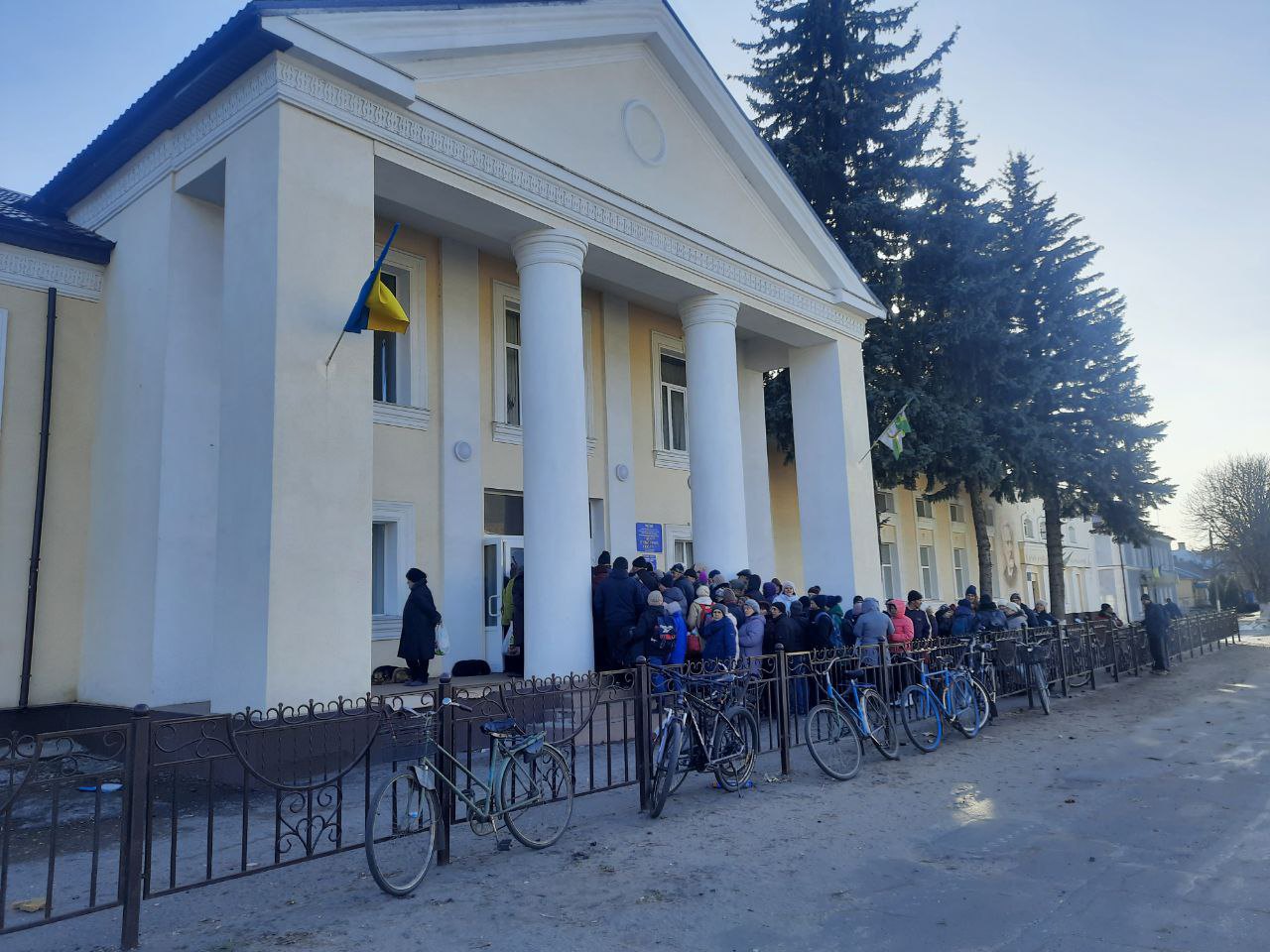
Next, we need film, glass, building materials to rebuild infrastructure, schools. We don't have any computer equipment at all. As I said, the russians took it away. Wherever they went, they took away all the equipment. We don't have anything right now even to print a document. We write by hand.
"No water supply, electricity, 90% of homes without heating"
Is there a mobile connection in the town yet?
It sometimes appears. One needs to go somewhere to the outskirts of the town or higher elevation points. Now we have to start diesel generators, mobile stations. Repair damaged cables. And a lot more. The connection appears and disappears. However, we work on this issue every day.
Is there heating and electricity?
Heating is partially available. But only in those houses where the gas supply was not damaged. Thank God we do not have a central boilers heating system in the town. Each apartment has its boiler. Turning on the gas boiler is only possible in houses where these networks are not damaged. However, [it works] only if the system does not require water pumping. Therefore, it remained functional only in some apartments. And in 90% of homes, heating is simply impossible. Some neighborhoods are left without gas because there was a hit in the high-pressure network. For the past two days, gas companies have been working to drain the gas from the system. Only then can they start its repair.
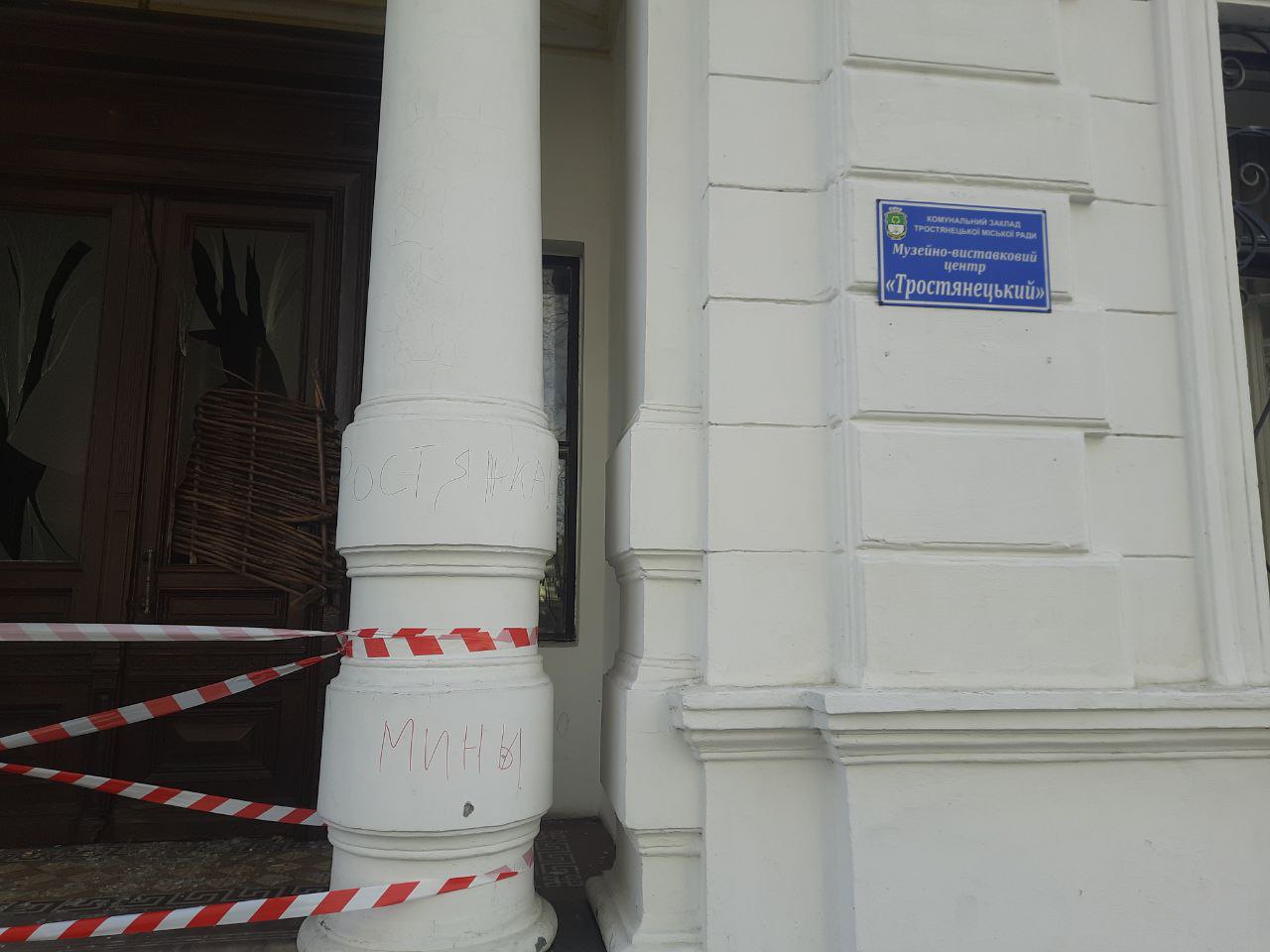
Is there no water at all?
There is no water supply in the town. Because there is no electricity, it is just starting to become available. Sumyoblenergo is actively repairing systems. However, access to any damaged networks is possible only after inspection of these areas by sappers. We understand that booby traps and other russian 'surprises' may be everywhere. The occupier mined many places during this month –forest plantations, park areas, and roads. Three days ago, a car traveling to us exploded. Just at the entrance to Trostyanets, on one of the roads. We understand that there will be many more such 'surprises'. But we are also working on it.
Clarifications on water supply. Are citizens currently receiving drinking water? Is it somehow delivered centrally?
In the absence of electricity, water intakes do not work. Now we are trying to start them through diesel generators. By the way, we really need generators, because our power grids are so damaged that there are streets, for example, where there are no wires at all. They are torn into pieces.
There are wells in the city. People know where they are. They take water there. There is also water in our humanitarian headquarters. We distribute it in bottles so that people can somehow survive in this situation
We need not only generators but also fuel - there is no fuel, because all gas stations were pumped out by russians. We have nowhere to get gasoline. That's why I turn to people who want to help us. Trostyanets needs glass, gasoline, diesel fuel, building materials, and hygiene products. And, of course, first of all, food and medicine.
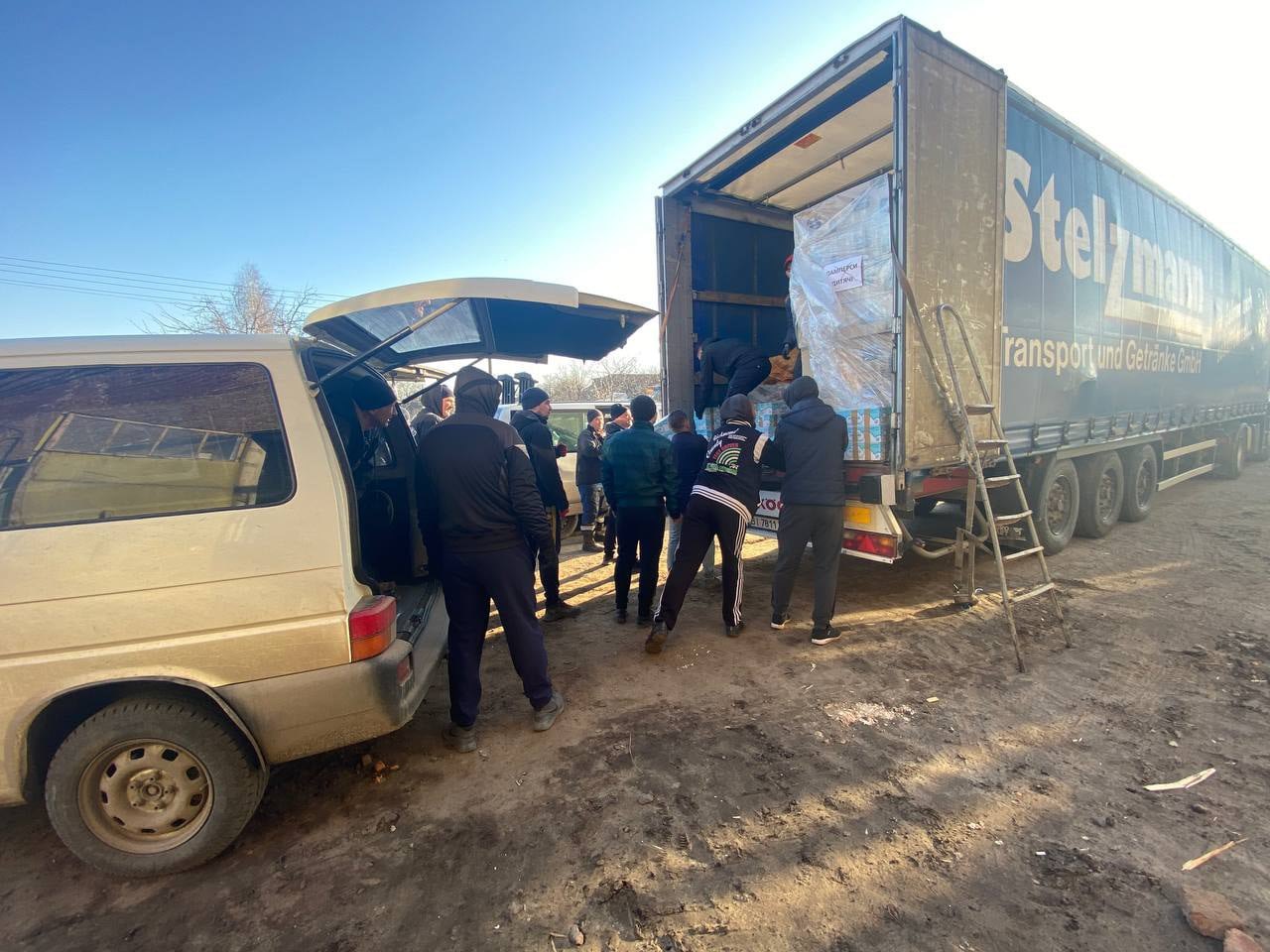
Photo: 93rd Mechanized Brigade "Kholodnyy Yar"
What help does the town need?
Since there is no connection, we need StarLinks. Such a system would cover half of the city. Or two such installations. Then we will be able to connect with each other. Family members will finally call the parents or children to find out about them. A lot of people don't know what happened to their loved ones. They just can't call their relatives.
Second, we need to restore quality communication with us (local authorities), other authorities, and volunteers. All this is needed to continue providing targeted and necessary help. Because, for example, a lot of clothes are brought to us now. People have already received clothes. I see that they now take it very rarely. We need more food and medicines today. Some old people layed in beds without food for a long time. They need special help, medication, and vitamins. They have not only severe psychological stress but also a physical condition that needs to be gradually managed. Feeding such people in one day will not change anything.
So I beg you, all who have such aid, please write and call me through all channels. I'm sorry if I'm not in touch because a connection is not available in every part of our town.
I will tell you frankly. People come to us from Okhtyrka, Sumy, cities which were also destroyed. But when they see Trostyanets, they say it looks ten times more tragic. Here, many objects were physically destroyed. They do not exist. Our city was beautiful and tidy, with lanterns and flowers, sidewalks, and paths. And now it resembles scorched earth in some places.
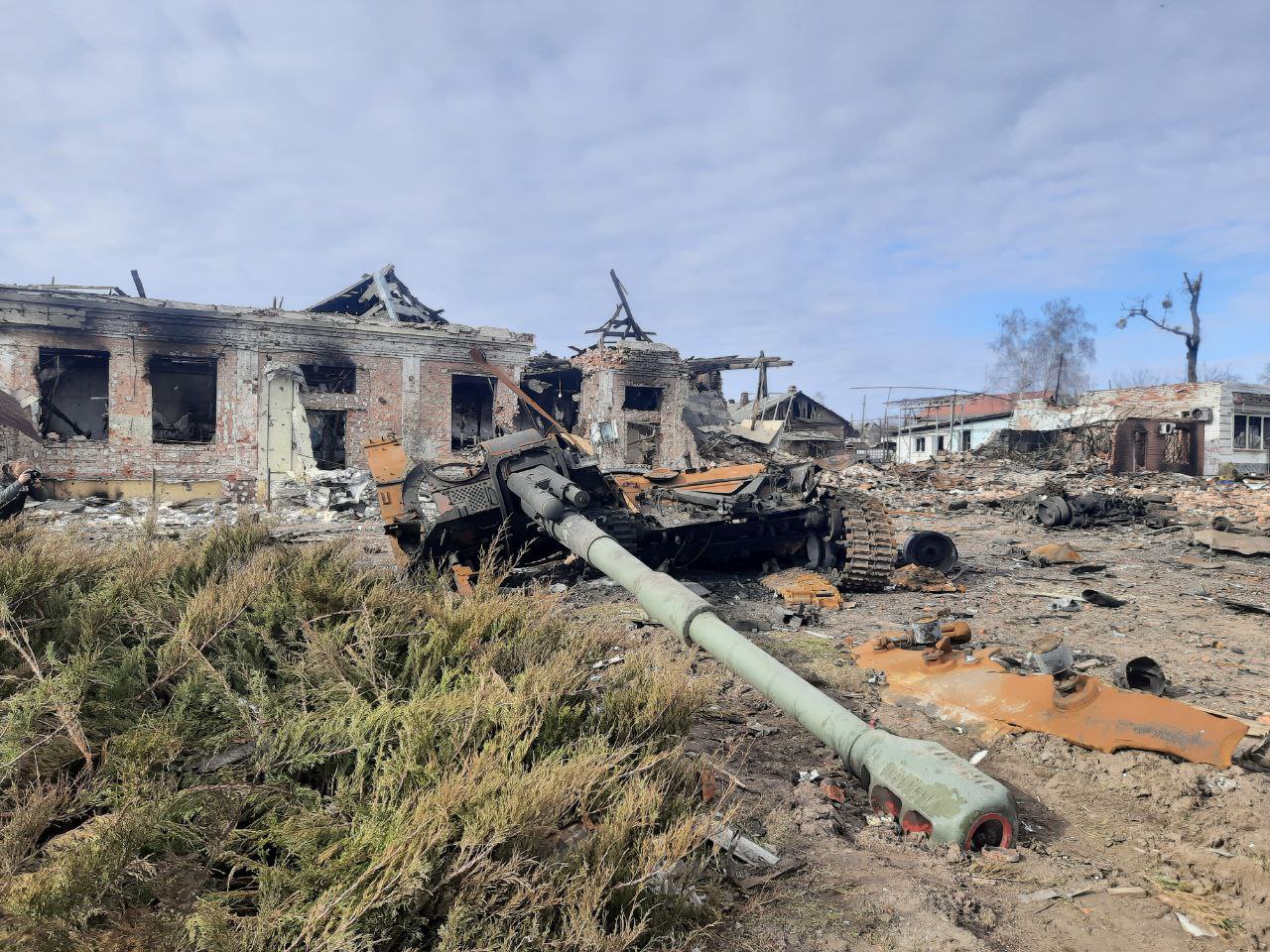
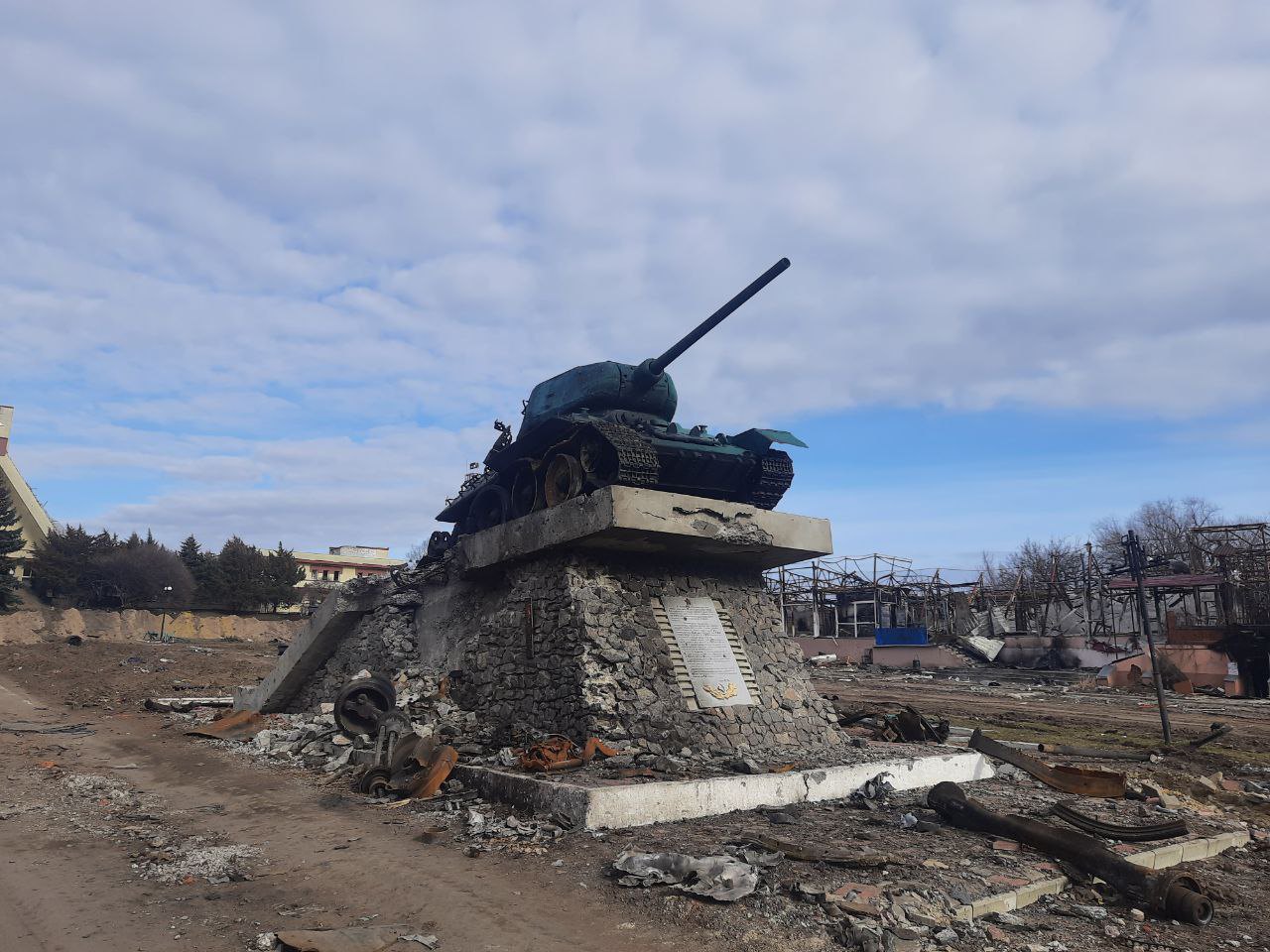
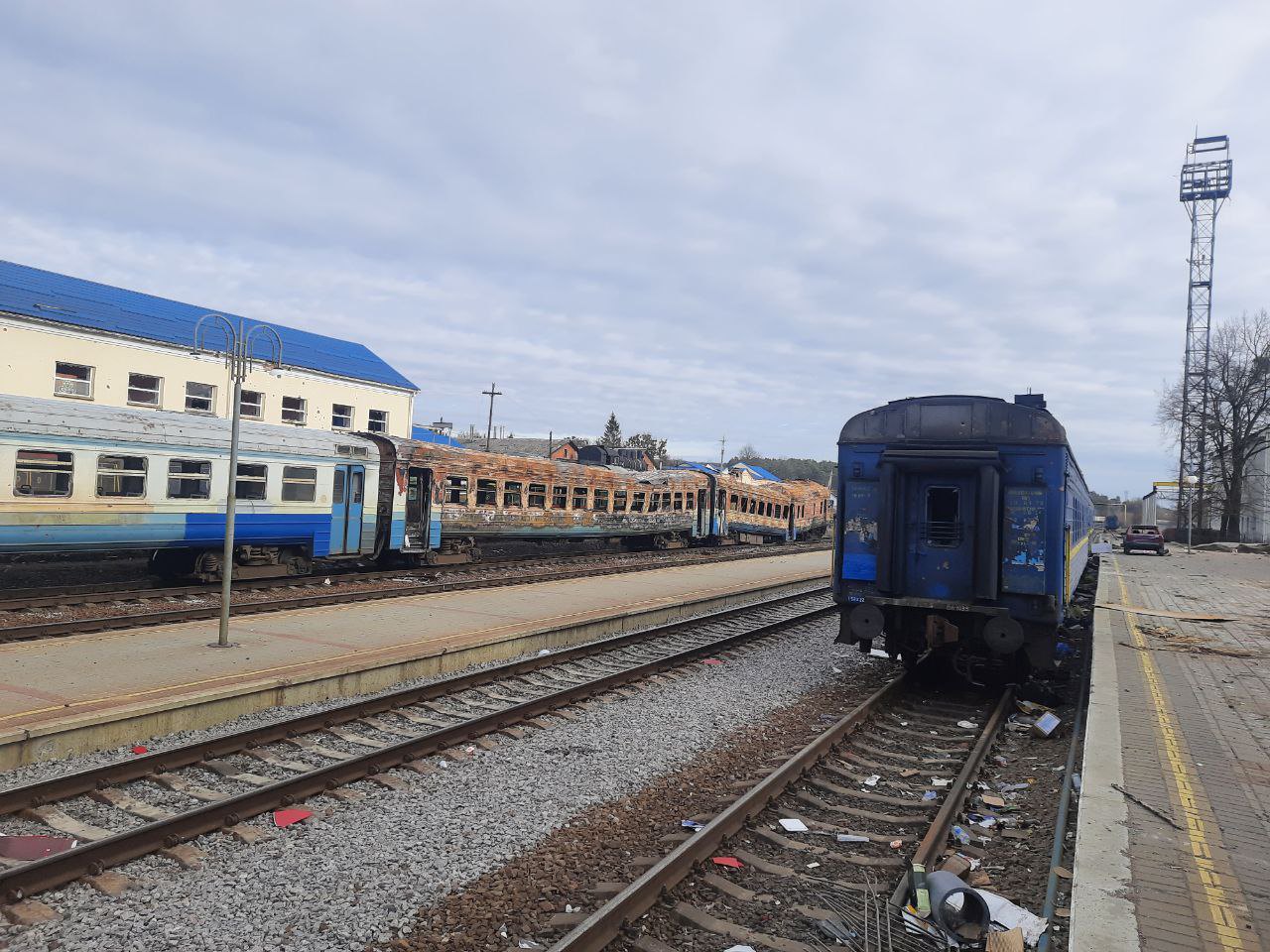
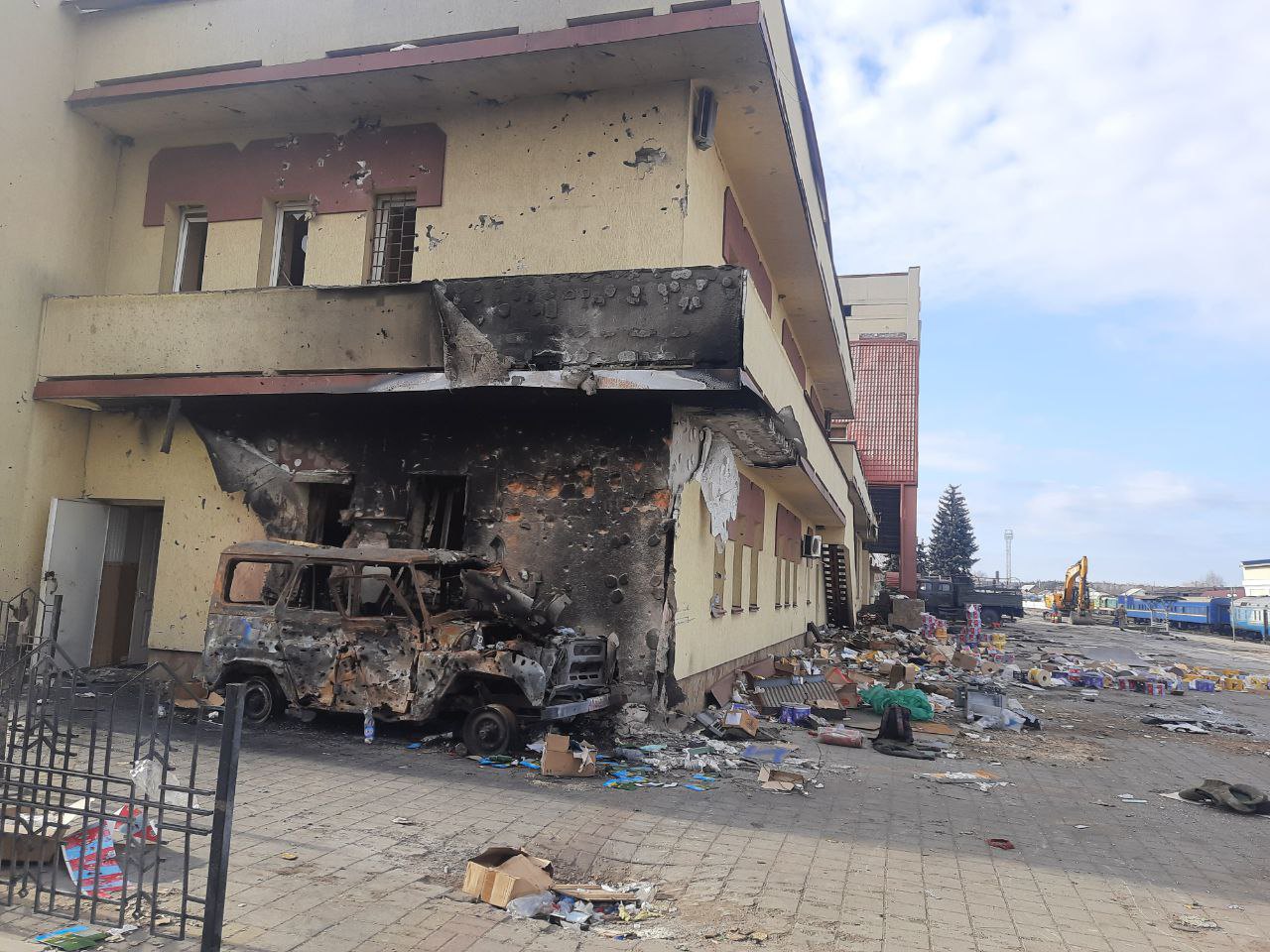
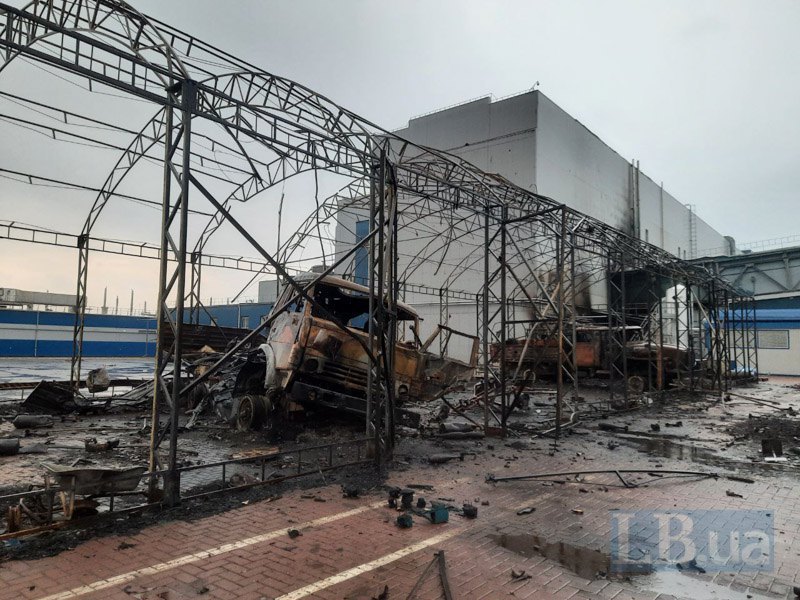
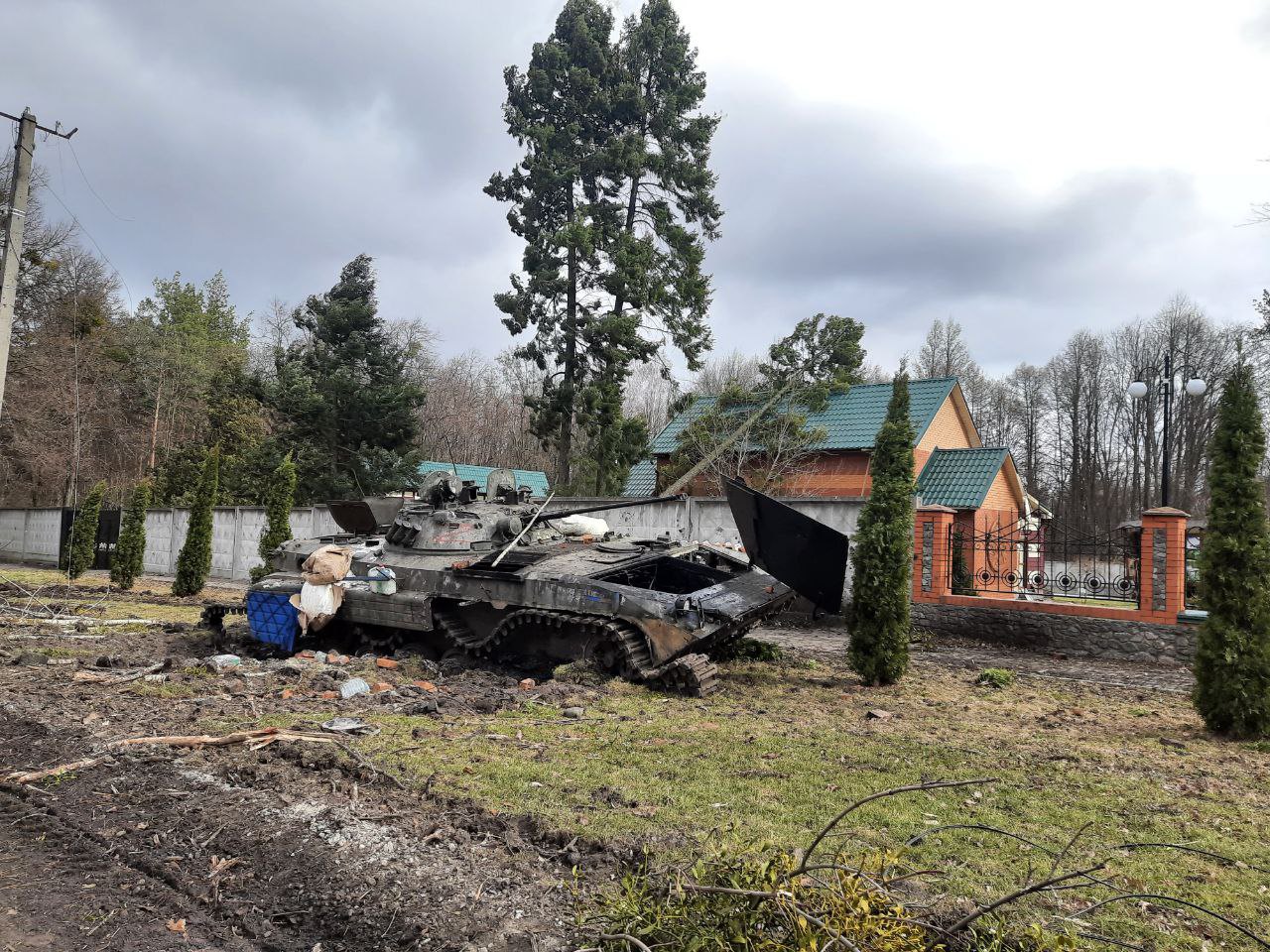
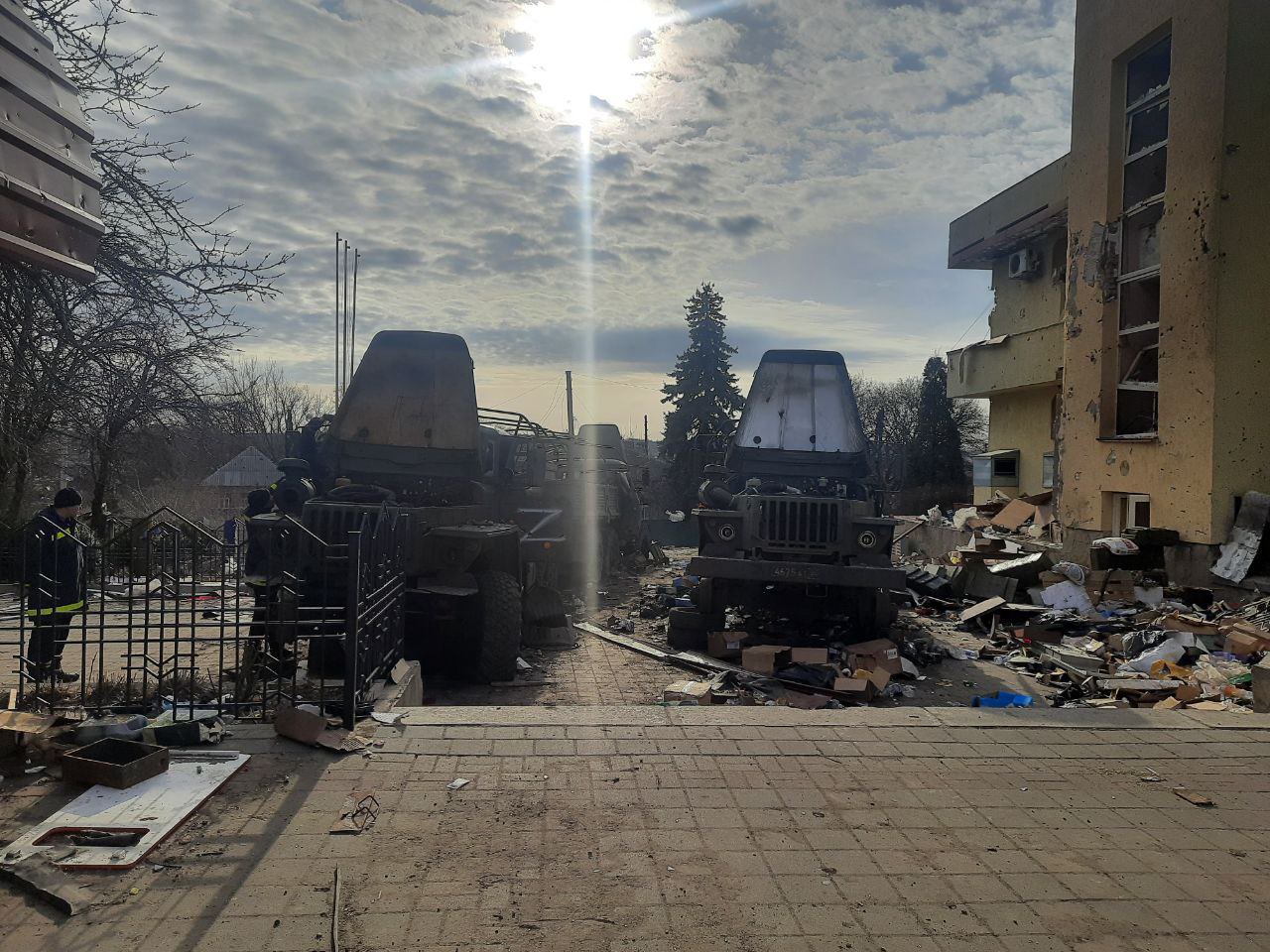
Photo: Denys Karaban









